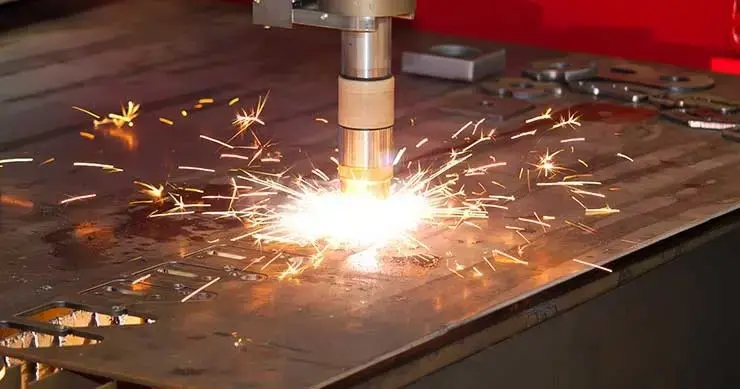Etching, or laser-marking, a piece of metal customizes it, while attractively adding in monetary and sentimental value.Before proceeding with the customizing of a metal object, however, it’s important to appreciate the types of metal that best take to these types of customization as well as what types of technology can best carry forward the desired agenda.
A variety of metals are ready to take on this type of customization, including objects of gold, platinum, raw aluminum, stainless steel, precious metals, copper and brass. Moreover, three distinct technologies can create a customized look for metal objects. Laser engraving vaporizes surface metal, while laser etching melts it. Conversely, laser-marking combines with the surface to create a distinct discoloration. FIBER, or GAS, also known as CO2, laser technologies are most generally used to process metal objects. Speaking from an overall perspective, FIBER technologies tend to be more reliable, speedy and efficient. However, certain types of metal, including thicker metals, may yield more efficiently to CO2 technology.
Key Takeaways:
- Numerous types of metal lend themselves to customization via etching, or laser-tagging, including brass, copper, gold and stainless steel.
- While laser engraving removes an object’s surface metal by vaporizing it, laser etching melts it.
- In contrast to the other two methods, laser-marking combines with the object’s surface to create a discoloration
“For the sake of simplicity either FIBER or GAS (commonly CO2) laser technology are the most common technologies for processing metal whether it be ferrous or non-ferrous metals. Which of those two will work best for your application depends on what type or thickness of metal you want to process.”
Read more: https://dev-boss-laser.pantheonsite.io/metal-etching
